by Stephen Benfy
John and Eri had just moved into their new apartment on the edge of town when a sound caught John’s ear.
“I’ve never heard that before,” he said.
Eri looked up from her phone, smiled, and went back to chatting with a friend.
John slipped on his shoes.
__________________________________________________________________________________________
The fraying edge of rural life was patched with farmland. Roadside stands sold cabbage, broccoli, melons, on the honor system. John had noticed only one paddy field. There, in the shade of a gnarled plum tree, three obaa-sans, grandmas, sipped tea and nibbled rice crackers. Their paddy was no larger than John’s boyhood backyard, but it probably filled the women’s rice bowls, year-in and out.
Before the move, John and Eri had known only one street hawker. His roasted sweet potatoes had been a winter treat in the city.
__________________________________________________________________________________________
They called him Ojii-san. It’s what they called every man his age.
As he pedaled slowly along the route he had plied since high school he scanned the street for his regulars. Nobody. Ojii-san tooted his horn. To the Japanese ear it sang out “to — fu — .”
__________________________________________________________________________________________
In the distance, John saw a lanky man on a black bicycle. A large wooden box was lashed to its rear carrier. The man raised a toy-like horn to his mouth.
Down the street a neighbor appeared, waiting.
The lanky man braked, hefted his bike onto its stand, and sold her something from the wooden box.
__________________________________________________________________________________________
Ojii-san made two batches of tofu every morning. The first was for the shop. The second for afternoon delivery. Just enough not to overload the wooden tub he strapped to the back of his bicycle. He had been a teenager when the box’s weight had flipped the bike on its side. The tongue lashing his father had meted out remained, a ghost at the edge of consciousness, watching, judging … yet receding. Its intrusions, though rare, whet Ojii-san’s resentment, setting him counting the steps remaining before the scowling face toppled into the abyss.
Now he was the father and the grandfather, the Ojii-san.
His father had been the eleventh generation of tofu makers of the Shimadera Clan. Ojii-san was the twelfth. None of his children wanted to be the thirteenth. Maybe one of his four grandchildren would step up. Wishful thinking.
__________________________________________________________________________________________
“So …?” Eri said as John slipped off his shoes.
“Hard to tell. Old guy riding a bike. Toots a tin horn. Sells something from a wooden box.”
“I thought so,” Eri said.
“You thought that he was riding a bike with a wooden box on back?”
Eri’s eyes narrowed. “He’s a tofu seller. Why didn’t you buy some?”
John clicked his tongue. “I wasn’t carrying any cash. Besides, I was too far away to see what it was.”
“Seriously? Didn’t you hear his horn?”
“Sounds like a French police car.”
“Sounds like ‘to — fu — ’,” Eri corrected him.
John sighed.
“Next time, buy some; understand?”
John turned away, found the newspaper and hid behind it. Eri loved tofu.
__________________________________________________________________________________________
Ojii-san’s children nagged him to quit the delivery route. He was nearly 80. What if a car shot out of a side lane? How could he veer away without losing his balance? What if he fell and broke a hip? He’d be bedridden, a burden.
All true, he had to admit. But nothing could erase his debt to his customers. He owed these people his life — allowing him to marry, raise children, and teach them to be honest and considerate adults.
Why couldn’t his children see the truth — that what he made and sold wasn’t a product? The way he made tofu, it was a link in a virtuous circle — the way the forces of the universe made the world go round.
Maybe if they had studied tea ceremony longer instead of following their friends to cram school. Then maybe they would have grasped Lao-Tzu’s words from the eighth hexagram of the I-Ching — Be like water, providing for people without competing, 上善如水 — the wisdom on the scroll above the shop’s counter — brushstrokes of a long-ago Shimadera grandmother, bold and fluid.
No. His children would listen to a Chinese sage the way they listened to Ojii-san himself — politely but not seriously.
__________________________________________________________________________________________
It was a rainy day when John and Eri heard it again. To-fu-.
When John caught up, one woman was already buying. The lanky man in the navy blue poncho scooped a block of tofu from the tub, bagged it, and took a few coins. Then he bowed and said doumo arigatou gozaimasu. Thank you very much.
John was thunderstruck.
The tofu man waited for the dazed foreigner to say something.
“One block of tofu, please.”
Receiving the bagged tofu, John readied himself to listen, really listen.
“Doumo arigatou gozaimasu.”
The tofu man’s words sent a shiver through John’s body, a shining clarity that washed to his bones. It was as if the man had said, “This tofu — solid yet fragile like life itself — has brought us together. Savor it with your soul, and you will have good, honest tofu for as long as I live.”
This was to “Thank you” as “I’m blown away” is to “Interesting!”
A door opened in John’s mind. “From the bottom of my heart” wasn’t a turn of phrase, a shorthand for sincerity, but a dimension of reality he needed to explore, just as he was exploring his new neighborhood.
The way the tofu man said it, “Doumo arigatou gozaimasu” was no platitude. It had attitude. It drew a line in the sand.
The old man on the bicycle did not care for platitudes. If you don’t feel gratitude, your voice will betray you. The idea of platitudes as social graces slandered life itself. It was worse than factory-made tofu.
There is a saying: don’t let tofu travel – 豆腐に旅はさせるな. In Ojii-san’s mind, factory tofu couldn’t be real tofu — not if it could survive distribution to supermarkets. They must be using refined coagulants and additives. They were cheating the customer out of flavor.
The Shimadera family insisted on doing things the old way, the real way, using 100% nigari — the non-salty part of sea salt.
Curdling soy milk was so easy, anyone could make tofu. Just add vinegar. Why not?
But nigari won’t cooperate with just anyone. It bows to the worthy — those who have transmuted the dry soybeans, hard as rocks, into svelte white slabs softer than jello — day after day — month after month — year after year — until the tofu gods smile. To those acolytes, the deities reveal tofu’s calculus and bestow a feel for its variables: humidity, temperature, timing, water, nigari, soybeans; and the special knack of stirring the mixture of nigari and soy milk.
The reward is in the flavor. Real nigari tofu tastes like food, not diet food. You don’t want to stop eating it.
The curds are poured into molds and weighted to squeeze out the liquid, just as you separate the curds and whey in cheese-making.
Eri tasted the tofu and smiled. She thanked John for buying it. Her’s wasn’t the thank you of the tofu man but it, too, made John happy.
____________________________________
Stephen Benfey’s homepage with examples of his short stories can be found here. For his short story on gardening and rocks, see here. For a New Year story, click here. For his piece on foxes, see here. For Gaiji’s Redemption, click here.



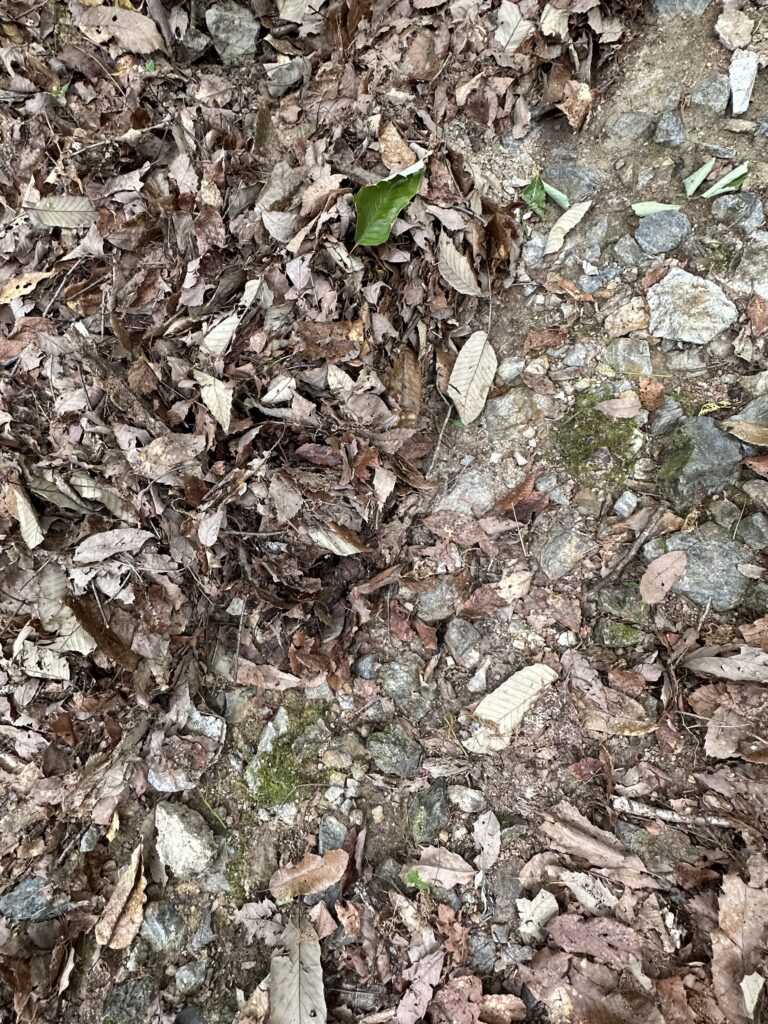
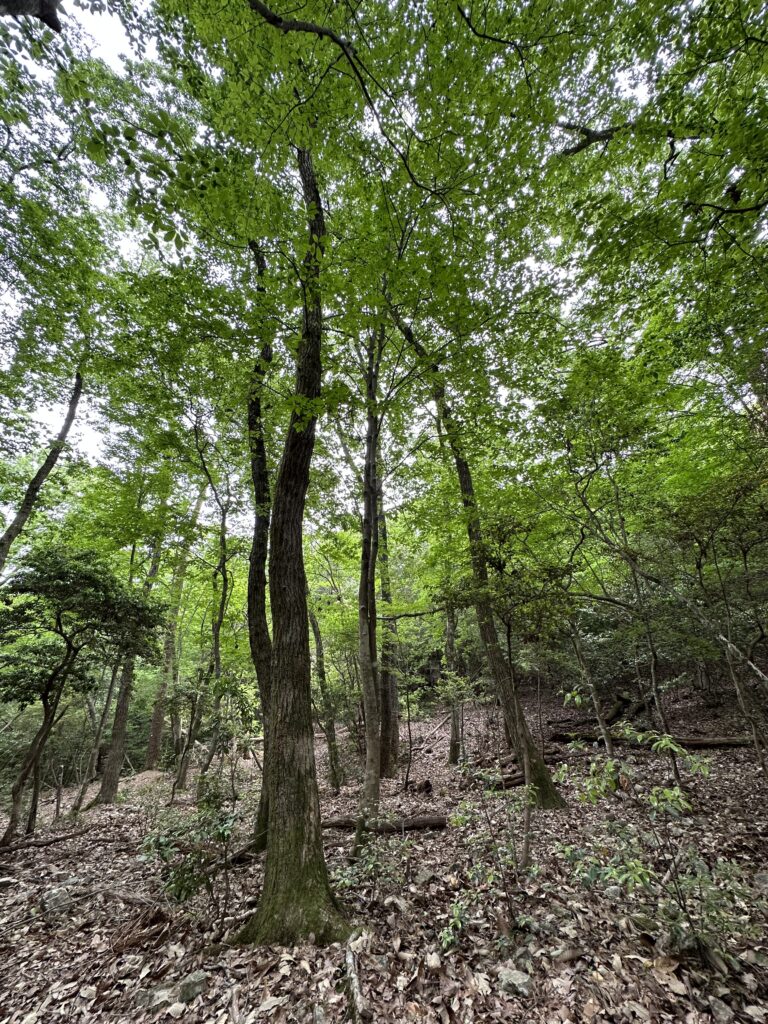
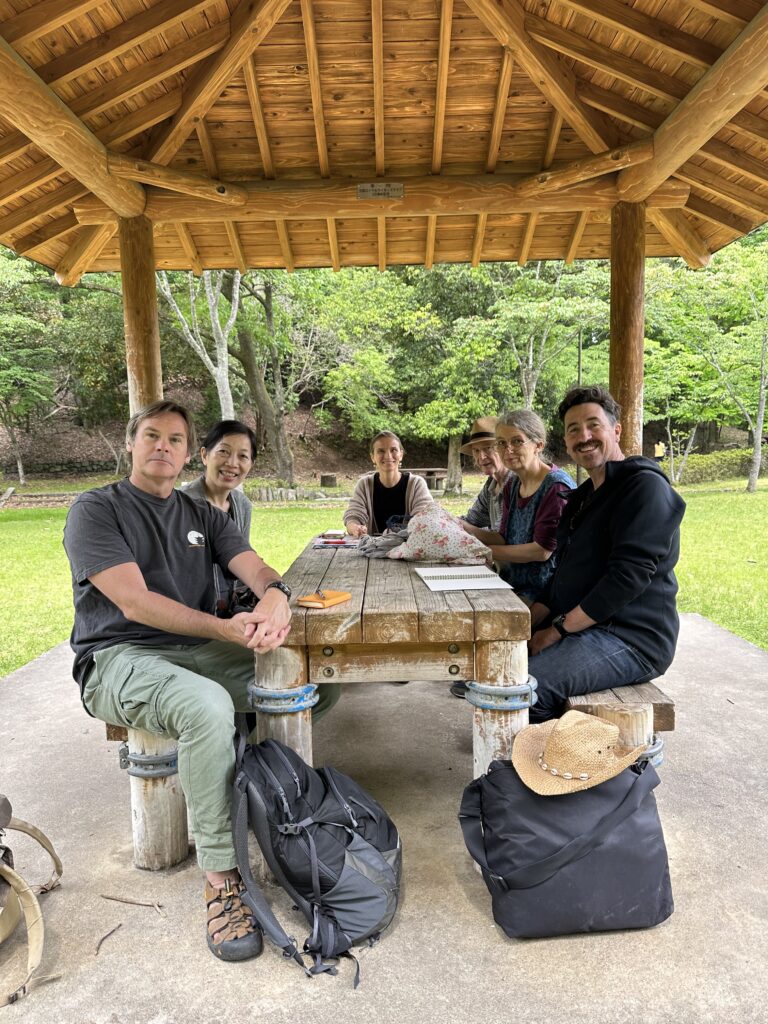




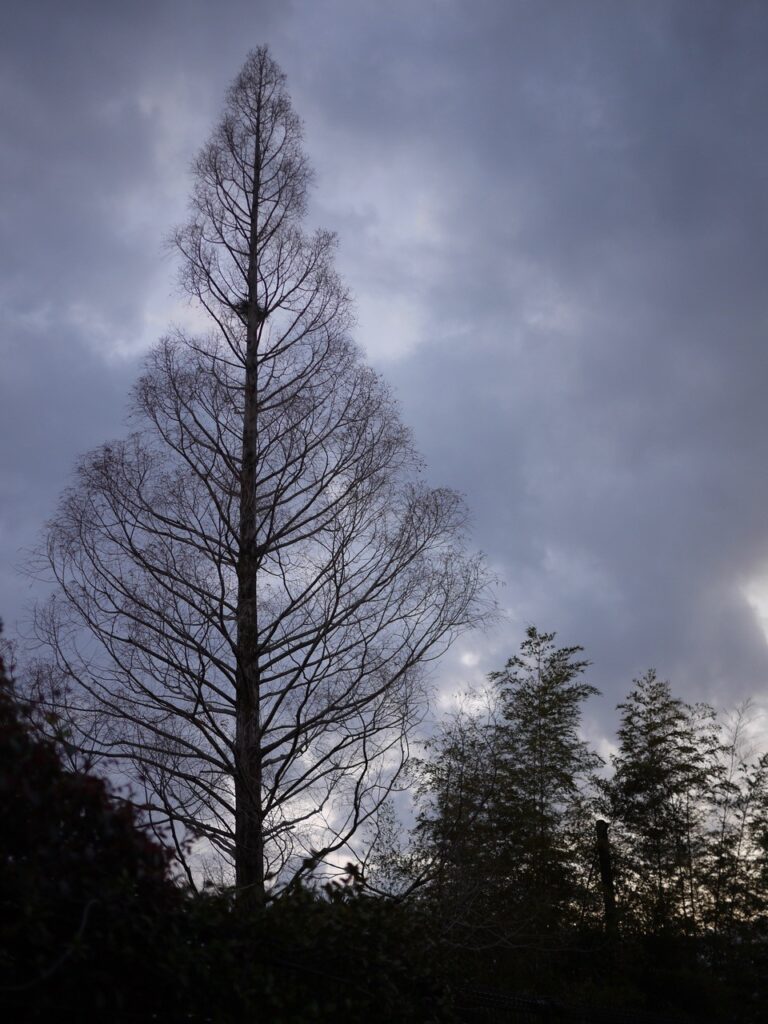
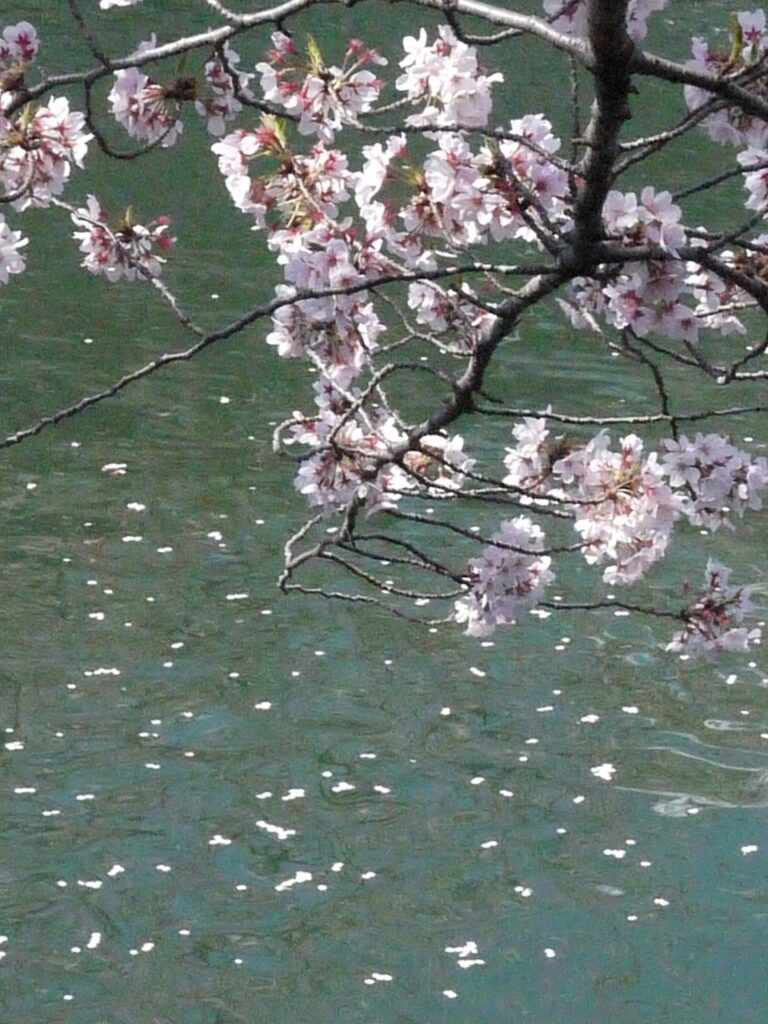
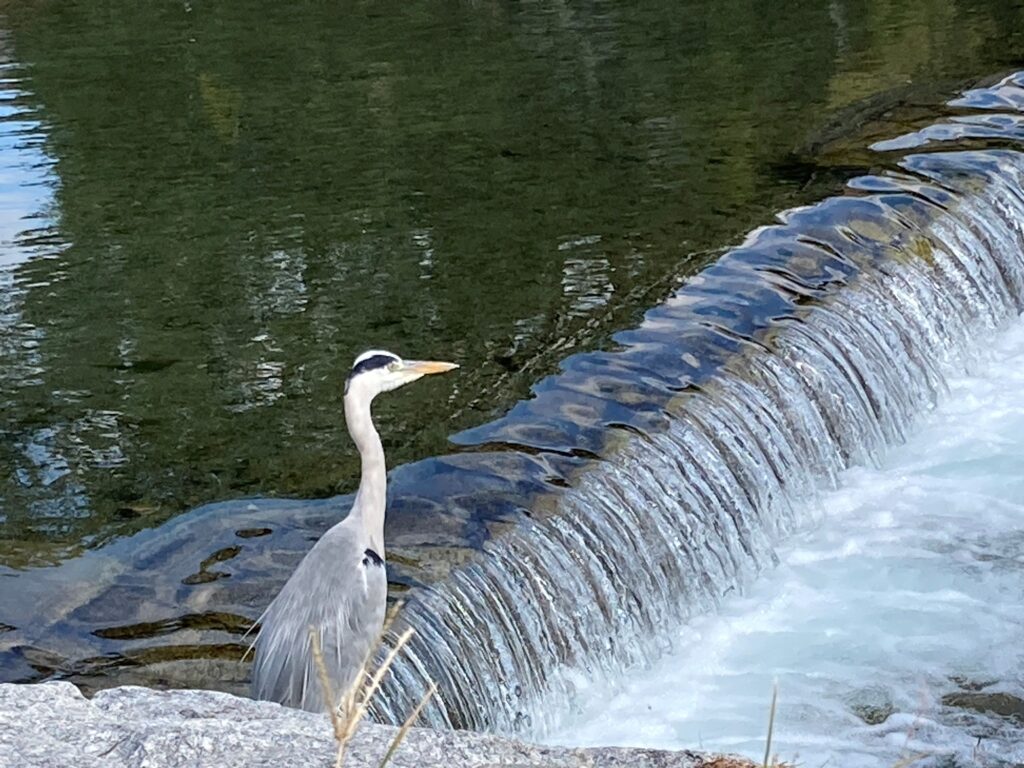
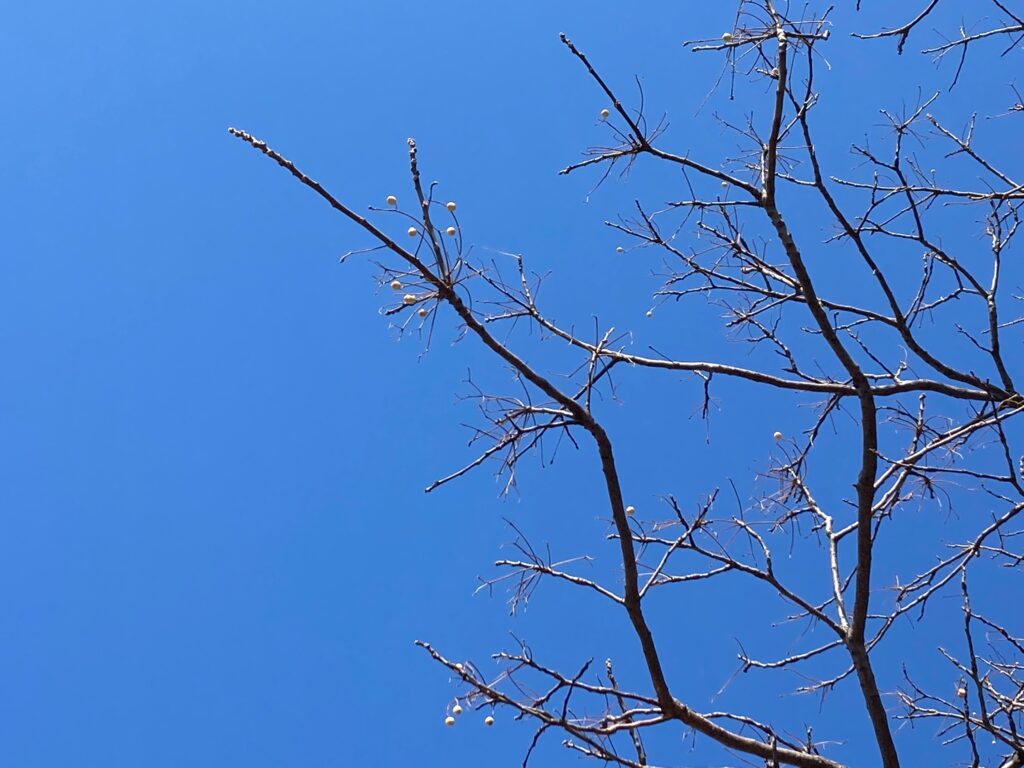
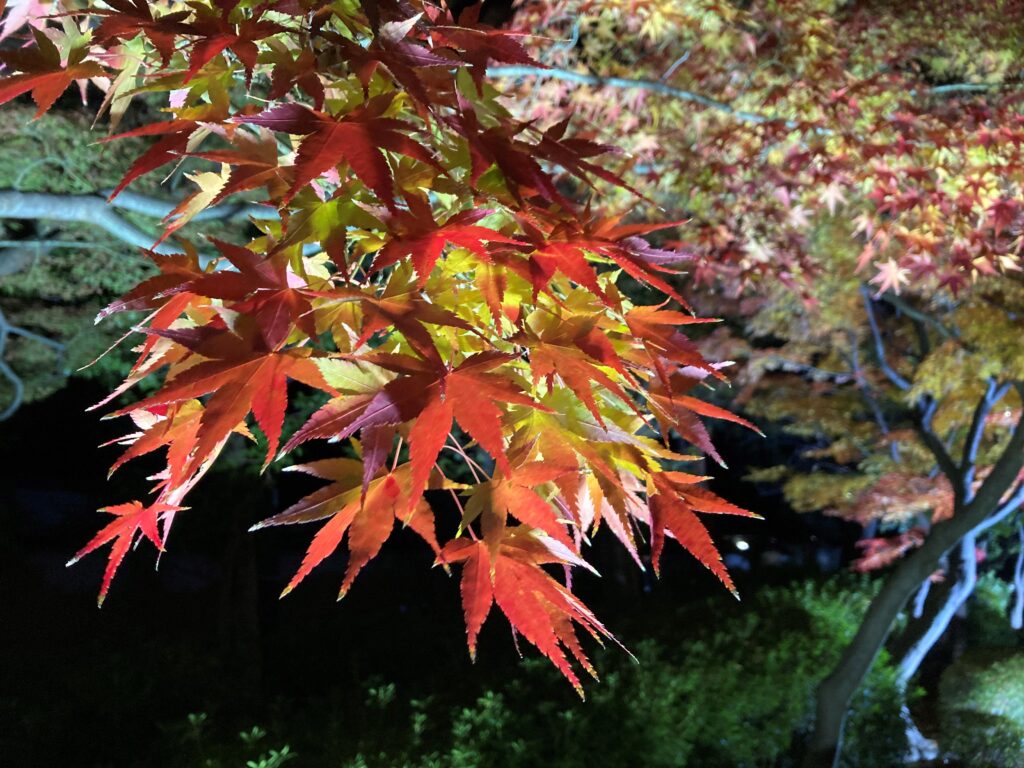

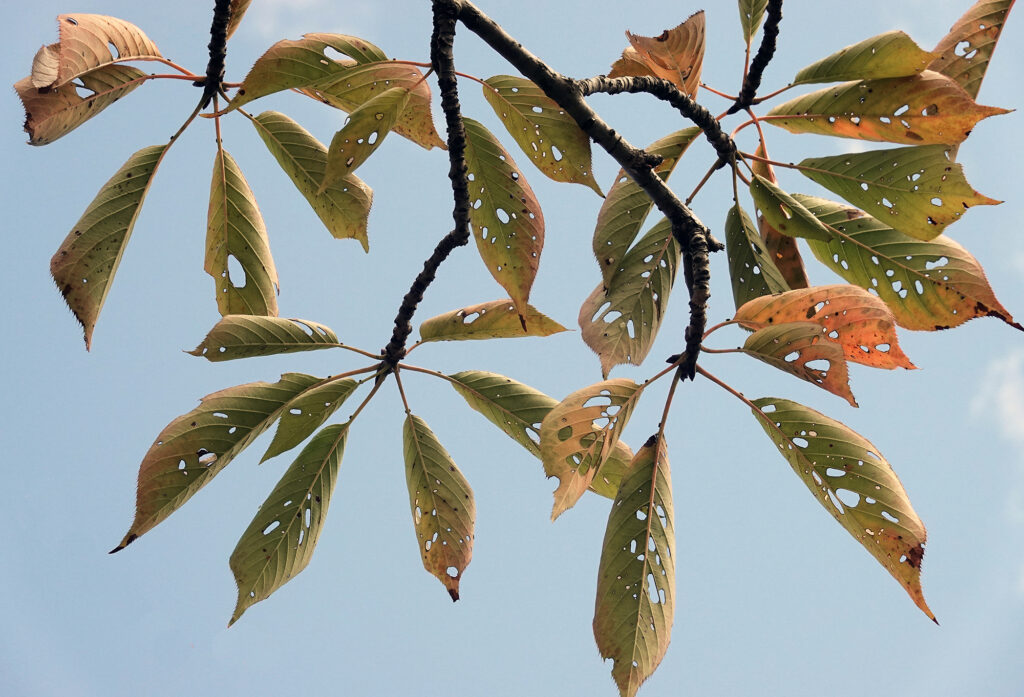
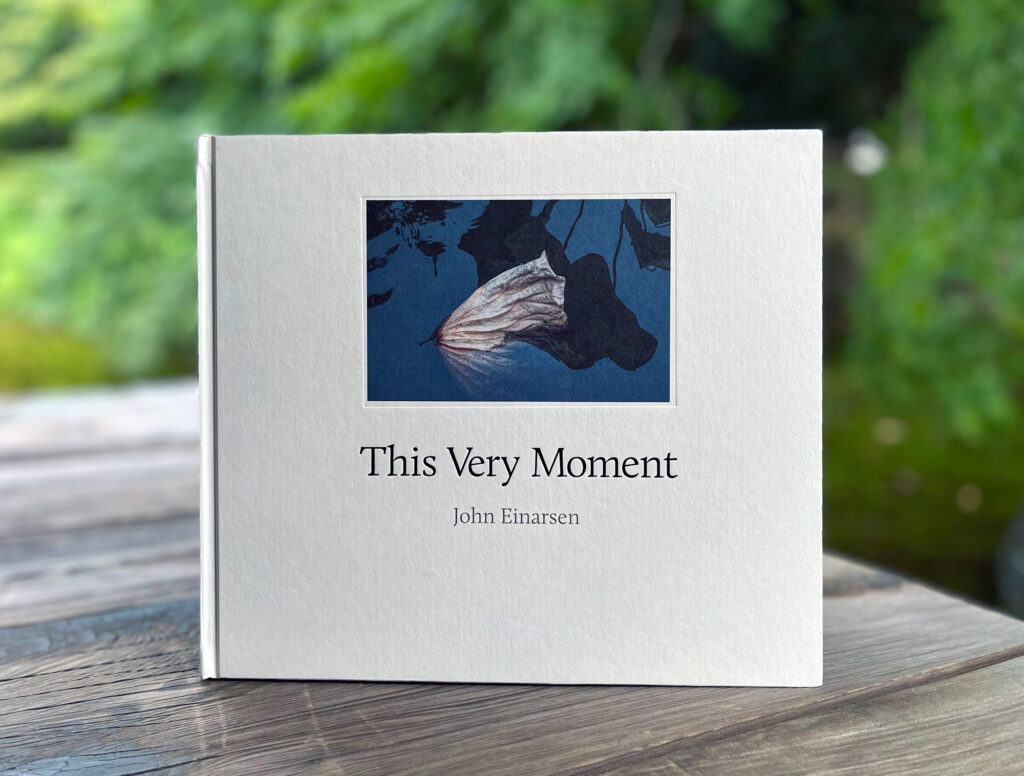
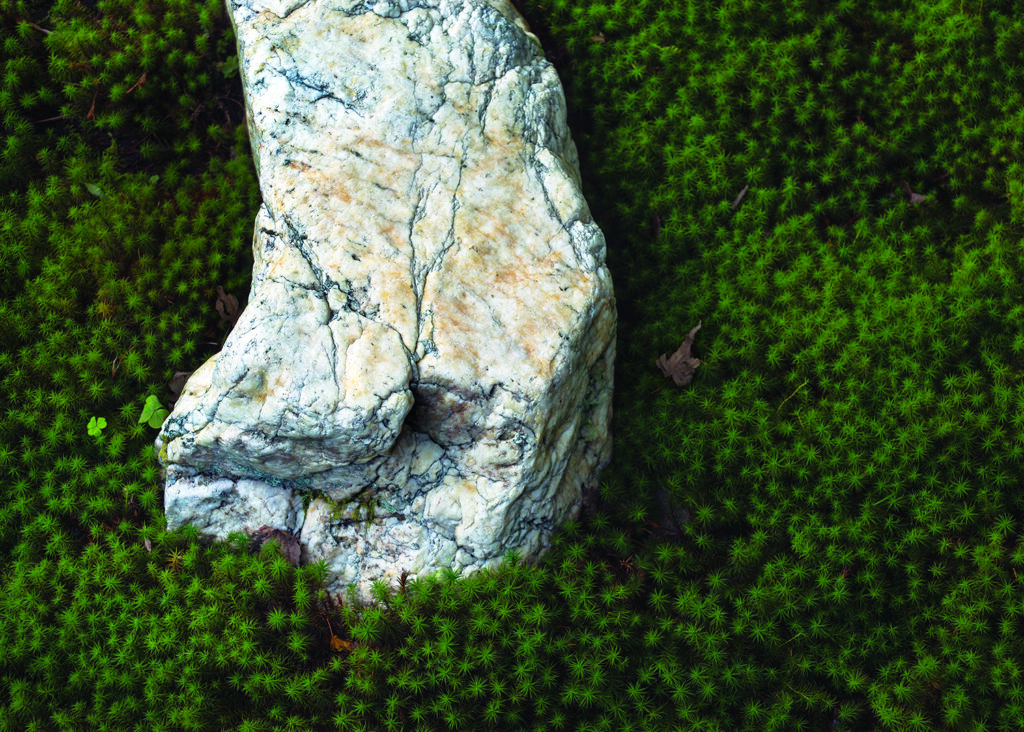








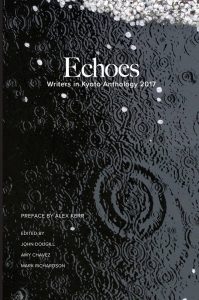
Recent Comments